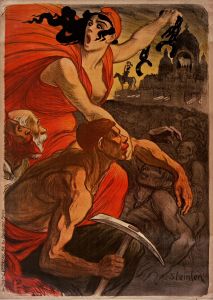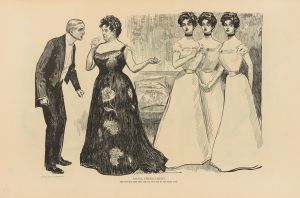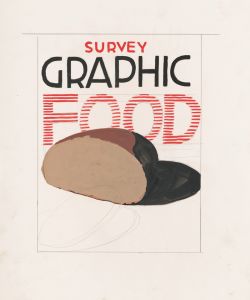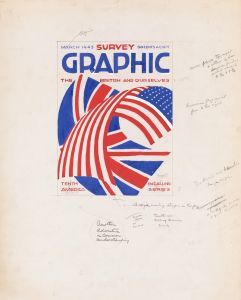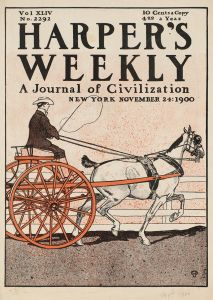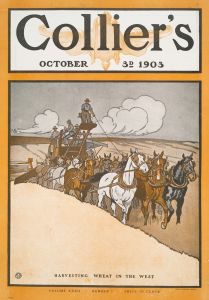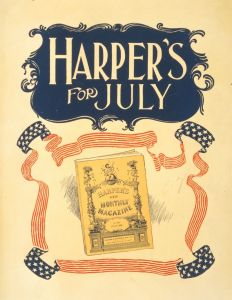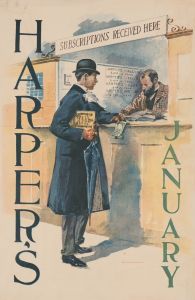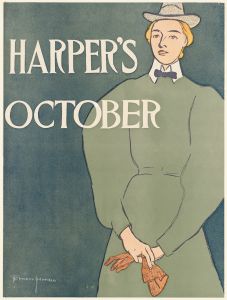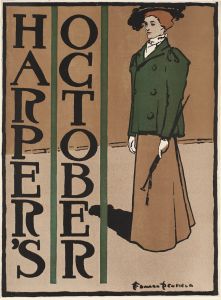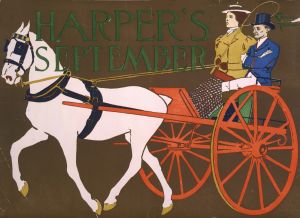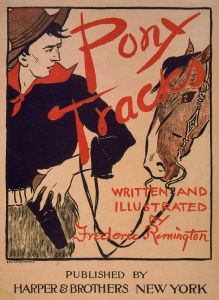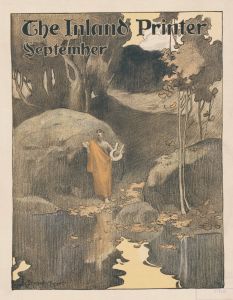
Collier’s, the national weekly, Eagle Shannon ropes one by Richard Washburn Child
A hand-painted replica of Edward Penfield’s masterpiece Collier’s, the national weekly, Eagle Shannon ropes one by Richard Washburn Child, meticulously crafted by professional artists to capture the true essence of the original. Each piece is created with museum-quality canvas and rare mineral pigments, carefully painted by experienced artists with delicate brushstrokes and rich, layered colors to perfectly recreate the texture of the original artwork. Unlike machine-printed reproductions, this hand-painted version brings the painting to life, infused with the artist’s emotions and skill in every stroke. Whether for personal collection or home decoration, it instantly elevates the artistic atmosphere of any space.
Edward Penfield (1866–1925) was a prominent American illustrator and graphic designer, often regarded as one of the pioneers of modern poster art in the United States. He is best known for his work during the late 19th and early 20th centuries, particularly his iconic illustrations for magazines and advertisements. One of his notable works is the cover illustration for Collier’s Weekly, a popular national magazine, featuring the artwork titled Eagle Shannon Ropes One by Richard Washburn Child.
Collier’s Weekly was a widely circulated American magazine that ran from 1888 to 1957. Known for its investigative journalism, fiction, and illustrations, the magazine played a significant role in shaping public opinion during its publication years. Edward Penfield frequently contributed cover art to Collier’s, showcasing his distinctive style characterized by bold lines, flat colors, and a keen sense of composition. His work for the magazine helped define the visual identity of American periodicals during the early 20th century.
The specific illustration, Eagle Shannon Ropes One, was created as a cover for Collier’s Weekly to accompany a story by Richard Washburn Child. Child (1881–1935) was an American author, diplomat, and journalist, known for his fiction and political writings. While the exact details of the story are not included in the artwork itself, Penfield’s illustration captures the essence of the narrative with dynamic imagery and a focus on action. The artwork likely reflects themes of adventure or heroism, which were common in serialized stories of the time.
Penfield’s work for Collier’s exemplifies the transition from Victorian-era illustration to a more modern, streamlined aesthetic. His covers were not only visually striking but also served as effective marketing tools, drawing readers to the magazine. The collaboration between Penfield and Collier’s Weekly represents a significant chapter in the history of American illustration and publishing.
No further specific historical details about the context or reception of this particular artwork are readily available.





